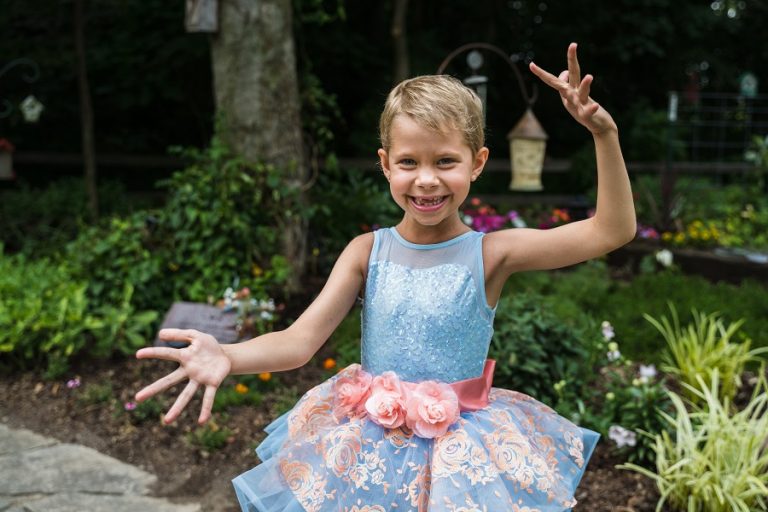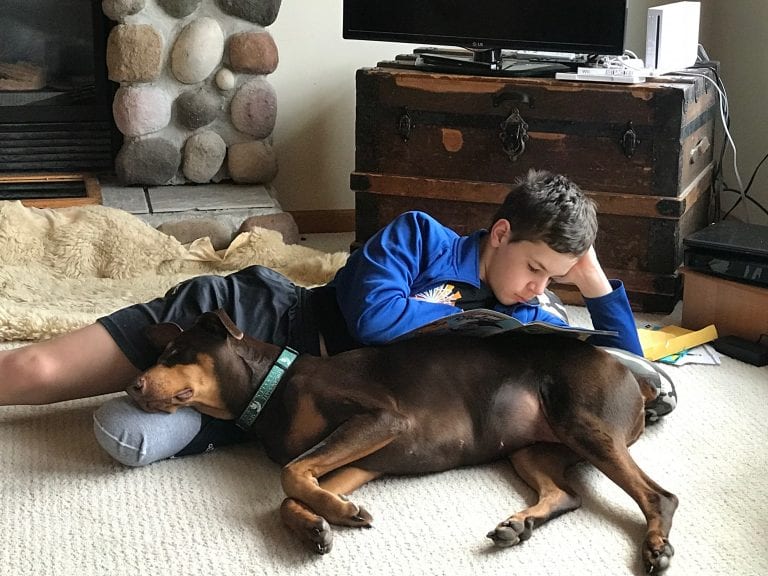To a 4-year old, childhood cancer might not look so bad. But to 30-year-old Katie Sonnichsen, looking back on 26 years as a cancer survivor is cause for celebration. “As a result of my treatments and the love and support of my family and friends, I am here 26 years later to share my story,” she says.
Katie was diagnosed with Acute Lymphocytic Leukemia (ALL) in 1984. She does not remember much about the situation except that her joints hurt, her glands were swollen, and she had enough severe abdominal pain to warrant an appendectomy. When the appendectomy failed to resolve the issues, and severe headaches were added to the equation, Katie’s parents, Pam and Dave, drove from their home in Sioux Falls, S.D. and brought her to Mayo Clinic, yet, even a spinal tap did not reveal the disease.
“Everyone was going down the wrong road,” says Dave. “They were looking for juvenile rheumatoid arthritis or lupus, not leukemia, because an earlier blood test in Sioux Falls had ruled out leukemia. There were no conclusive findings at Mayo Clinic, so the family traveled to the University of Minnesota looking for answers. Doctors immediately admitted Katie, who was becoming more ill, and diagnosed leukemia after a blood test.
“In many ways, the diagnosis was a relief,” says Pam. “Katie only weighed 20 pounds and was not standing much because her legs hurt so badly. She had been sick from January until June and was suffering a lot.” Despite the fear evoked by the word “leukemia,” Pam was comforted by the doctor who told her, “This isn’t the prognosis it used to be. We have reversed the statistics.”
Katie’s parents signed her up for a clinical trial which determined her treatment protocol. Doctors then began an intensive regimen of chemotherapy and radiation. “There were benefits to being part of the clinical trial because the doctors were sharing information across a larger network of hospitals across the country,” says Pam.
Katie was hospitalized for much of her initial treatment. Over two years, she received an aggressive treatment of various chemotherapy drugs, in addition to cranial radiation. The radiation was part of the protocol given to Katie as a result of the clinical trial research. “We were concerned about that because we knew there might be residual side effects,” says Pam. “On the positive side, Katie never had a relapse after treatment. That was wonderful. The cranial radiation may have helped.”
Looking back on the experience, Katie knows that leukemia changed her life. Starting school in the middle of an illness was difficult, causing her to miss many days for treatments and follow-up appointments at the University of Minnesota. In addition, there were side effects of the therapies. Katie developed a slight learning disability that still makes it difficult for her to comprehend what she reads. Treatment also left Katie with cataracts in both eyes that are being monitored carefully in anticipation of future surgery.
Yet, despite the challenges, she graduated from Augustana College with a bachelor’s degree in social work, and she holds a diploma in culinary arts from Mitchell Technical Institute. Katie is now working at a restaurant in Sioux Falls and at a local grocery store. “I am still in pursuit of the perfect job,” she admits, “and have no idea what I want to be ‘when I grow up.’”
Friendships also have been difficult for Katie. “I have not felt as though I fit in,” she says. “Yet, I have had some of the most meaningful friendships a person could ask for.” Katie also struggles with her size as the shortest member of her family. The treatment left her at 4 feet 10 inches. “I know the day will come when my nieces and nephews say, ‘Aunt Katie, I’m taller than you,’” she laughs. “Yet, no matter my size, I am extremely thankful for everything I have been given and the love that surrounds me.”
Surrounded by two loving parents, four siblings and friends, Katie celebrates her cancer-free life by continuing to advocate for research. “Do not be afraid of the word ‘research,’” she says to others. “Through being part of a study, you are doing your part to help someone else. The treatments that I’ve undergone will aid the doctors, nurses and scientists in finding answers to what may cause these cancers, how we can prevent them and, most importantly, how we can cure them.”
While Katie is one of the fortunate cancer survivors who actually heard her physician use the word “cured,” she continues to provide the University of Minnesota with DNA samples to check for any unexpected long-term abnormalities as part of her ongoing clinical study. “So far, so good,” she says.
“Today, I am amazed at the strength and courage I see in the children who are fighting this battle,” says Katie. “I am proud to know that through the work of doctors, nurses and survivors like me, these children have a greater chance of beating their illnesses.”
Long-term Health Risks
It has been shown that, to varying degrees, long-term survivors of childhood cancer are at risk of developing second cancers and other health conditions, such as infertility and heart disease. The degree of risk of late effects may be influenced by various treatment-related factors such as the intensity, duration, and timing of therapy, as well as by individual characteristics such as the type of cancer diagnosis, the person’s gender and age at the time of treatment, and genetic factors as indicated by, for example, family history of cancer.



